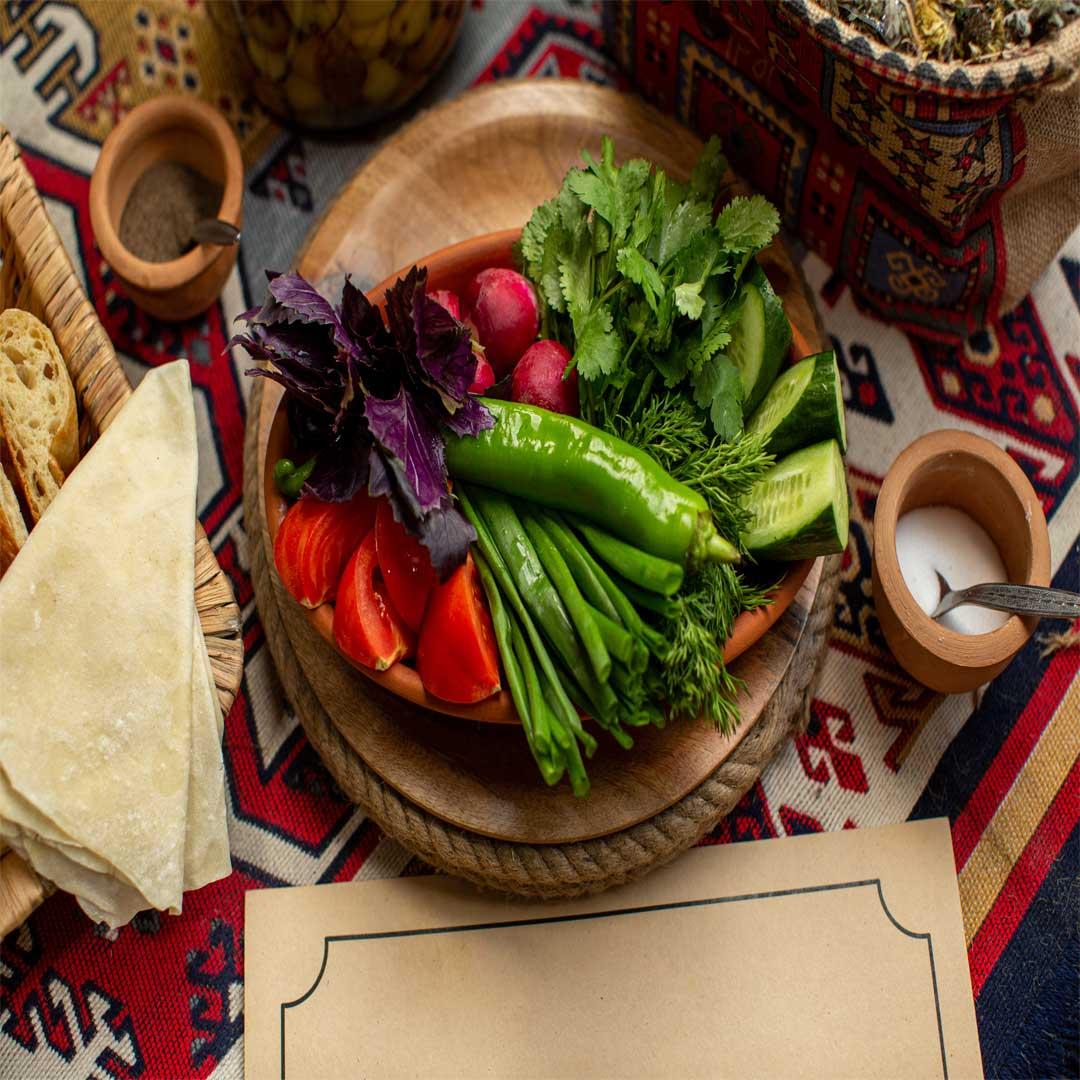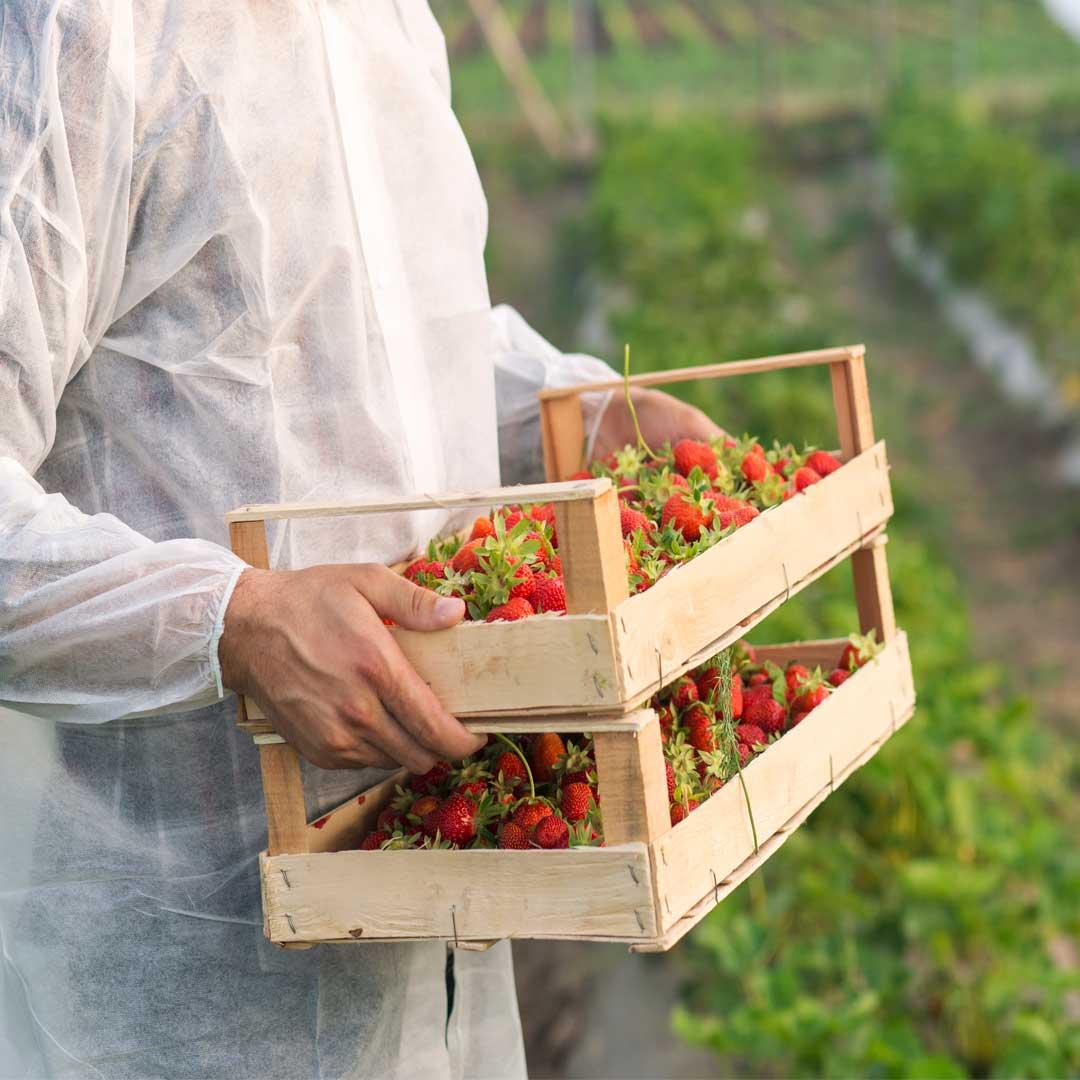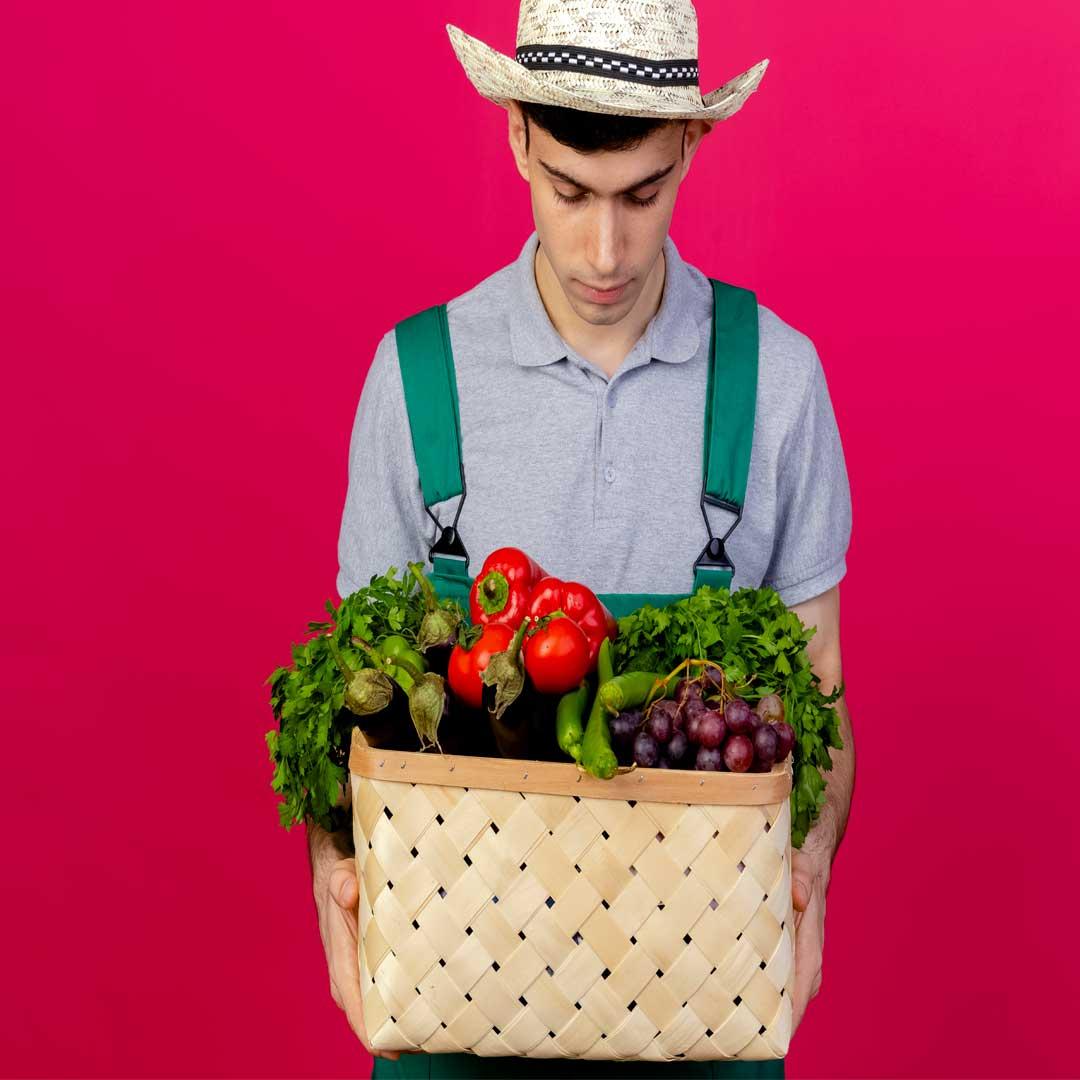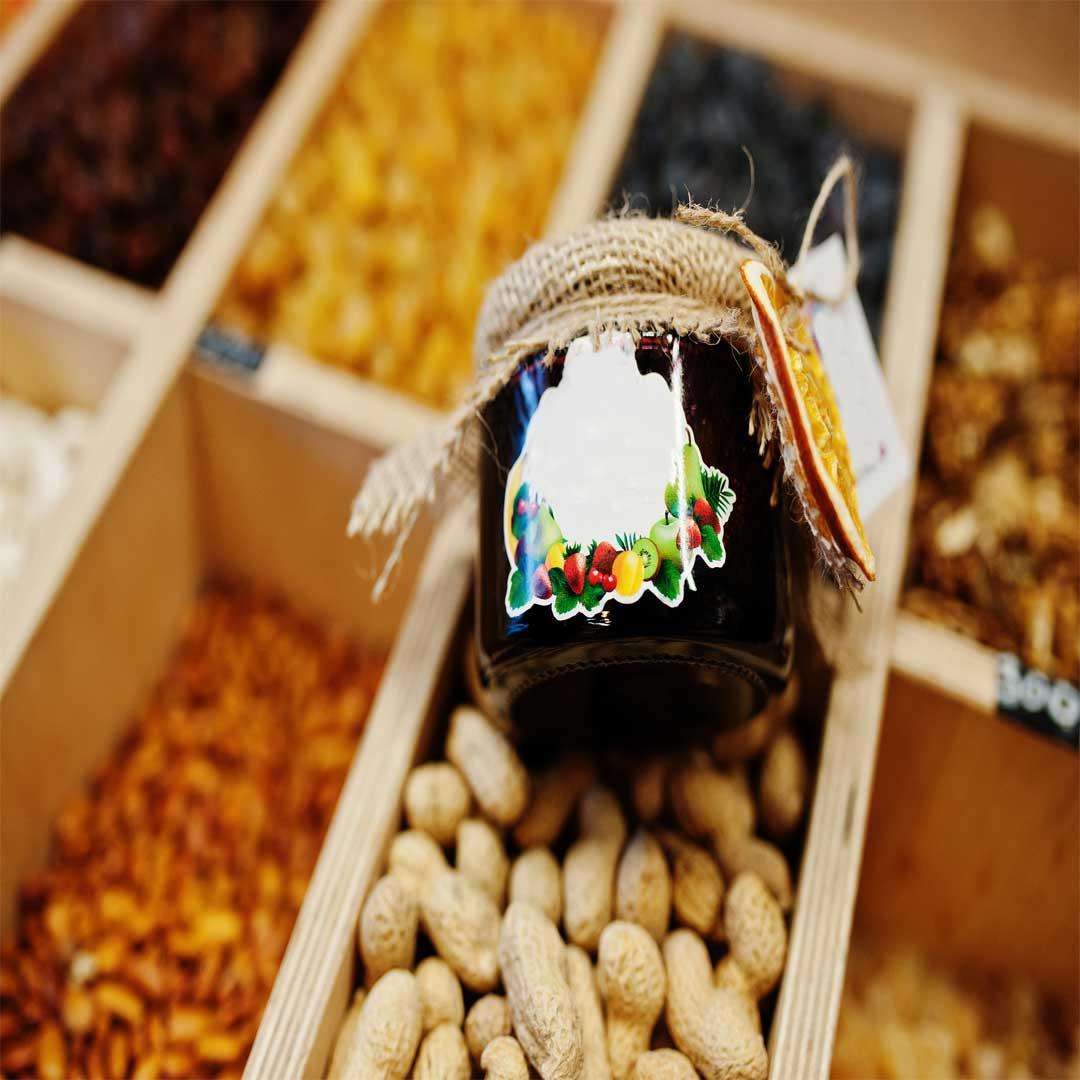France is a major EU market with high demand for premium, natural, and exotic foods. Iran exports pistachios, saffron, d...
Iranian Saffron Export by Abrisham Road Wholesale Exporter the Rich History and Global Impact 🌐🌺
Iranian Saffron Export Introduction: 🌐🌺
In the ancient land of Iran, saffron cultivation dates back to the days of the Medes, around 708 to 550 BCE, near the Alvand and Zagros mountains. Although the exact methods of utilizing saffron in that era remain shrouded in mystery, it is widely known that the early Iranians were pioneers in saffron cultivation. Today, Iran dominates the saffron market, supplying over 90% of the world's demand, with the majority being produced in the Khorasan province.

Historical Significance of Persian Saffron in Iran:🏛️
Iranian Saffron held a significant cultural and religious value among ancient Iranians. It was not merely a spice but also a precious gift akin to flowers, gold, and herbs, often presented in wedding ceremonies. Additionally, saffron had religious uses, such as providing fragrance for coloring the bodies of the deceased. Historical records reveal that during the Achaemenid period (550–330 BCE), Iranian saffron was transformed into "karkom" or "kurkum" and blended with cinnamon and cardamom to create a powerful concoction.
Throughout the Ashkanid Empire (256 BCE – 224 CE) and the Sassanid era (641 CE), Iranians successfully exported saffron to Greece, India, Rome, and China. Saffron was not only employed for culinary purposes but also used in the creation of royal perfumes, facial oils for kings, and even for coloring chess papers. Notably, King Khosrow Parviz instructed that his letters be written on saffron and rosewater-infused paper.
Iranian Saffron Export – The Silk Road Connection: 🌏
Iranian saffron has garnered a global reputation for being the finest in the market. Saffron exporters from Iran produce top-quality saffron, and major hypermarkets worldwide engage with Iranian producers for bulk saffron purchases. Iran currently meets over 90% of the global saffron market demand.
The heart of saffron cultivation lies in the Khorasan province, where Iranians are renowned for producing saffron products of exceptional quality. Iranian saffron comes in four main varieties: Super Negin, Negin, Sargol, and Poushal.
Types of Iranian Saffron for Export on the Silk Road: 🌸
Super Negin: 🌹
Super Negin stands out as the cream of the crop, crafted from the finest red saffron threads, making it highly valuable.
Negin: 🌺
Negin is another premium Iranian saffron variety, sourced from the best saffron flowers handpicked from various regions in Iran.
Sargol: 🌼
Sargol, meaning the top of the flower, utilizes the upper part of the Crocus sativus (saffron flower) and features shorter saffron threads compared to Negin and Super Negin.
Poushal: 🌻
Poushal saffron is composed of both yellow and red threads from the saffron flower.
The Impact of Abrisham Road Wholesale Exporter: 🌍
In this saffron-rich landscape, Abrisham Road Wholesale Exporter has emerged as a key player, contributing significantly to the global saffron trade. With an extensive network spanning 25 countries, Abrisham Road has played a pivotal role in promoting Iranian saffron on the international stage. Their commitment to quality has bolstered Iran's position as a leading saffron exporter.
As a wholesale exporter, Abrisham Road has facilitated the seamless flow of Iranian saffron along the historic Silk Road, connecting producers with markets across the globe. Their dedication to preserving the rich history and quality of Iranian saffron has further solidified its status as the go-to source for top-tier saffron.
Conclusion: 🌐
The legacy of Iranian saffron stretches back millennia, and today, Abrisham Road Wholesale Exporter stands at the forefront of the global saffron trade. As saffron continues to weave its way through the intricate threads of Iranian culture, its journey along the Silk Road, guided by exporters like Abrisham Road, ensures its continued significance and influence on a global scale.🌍🌸





